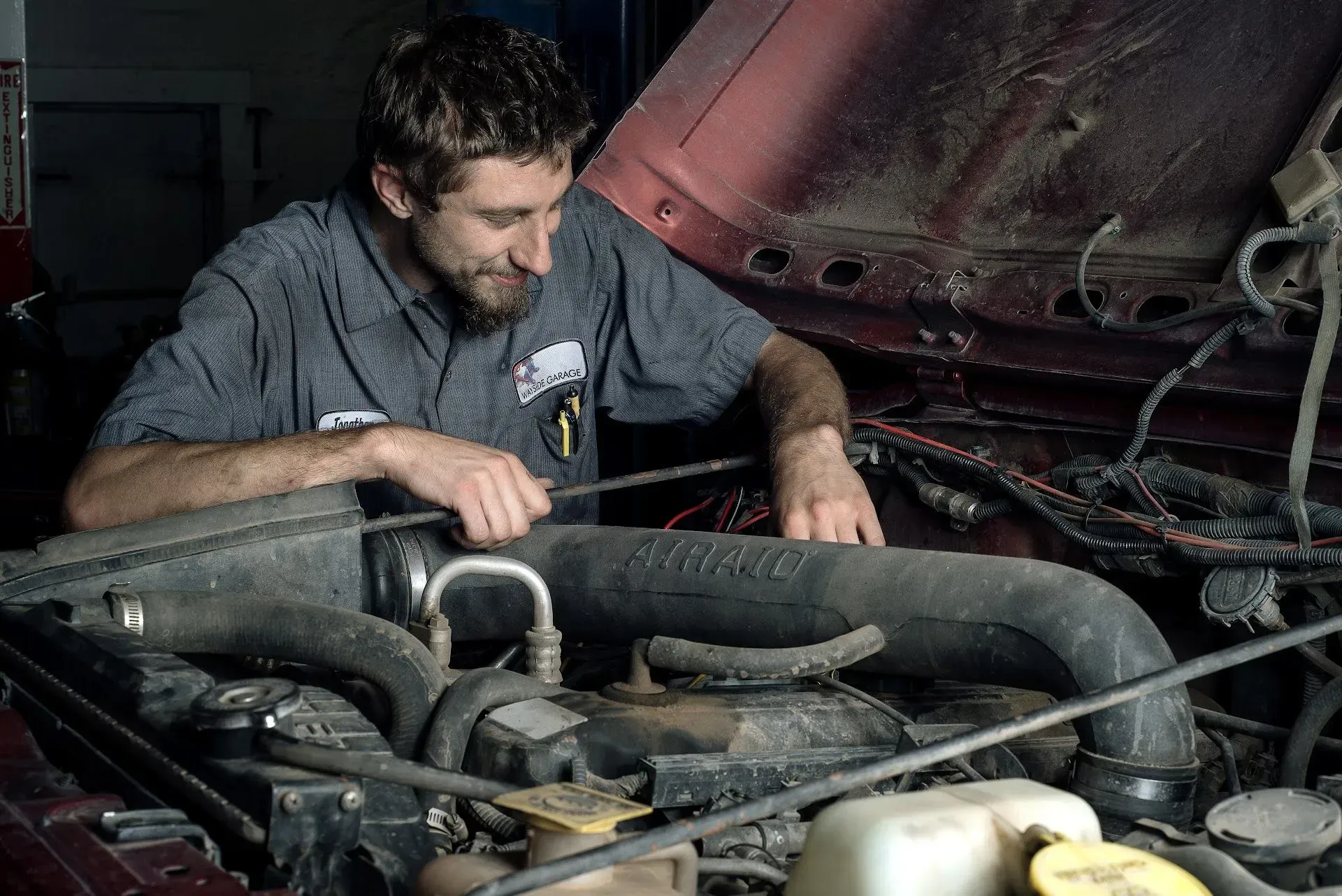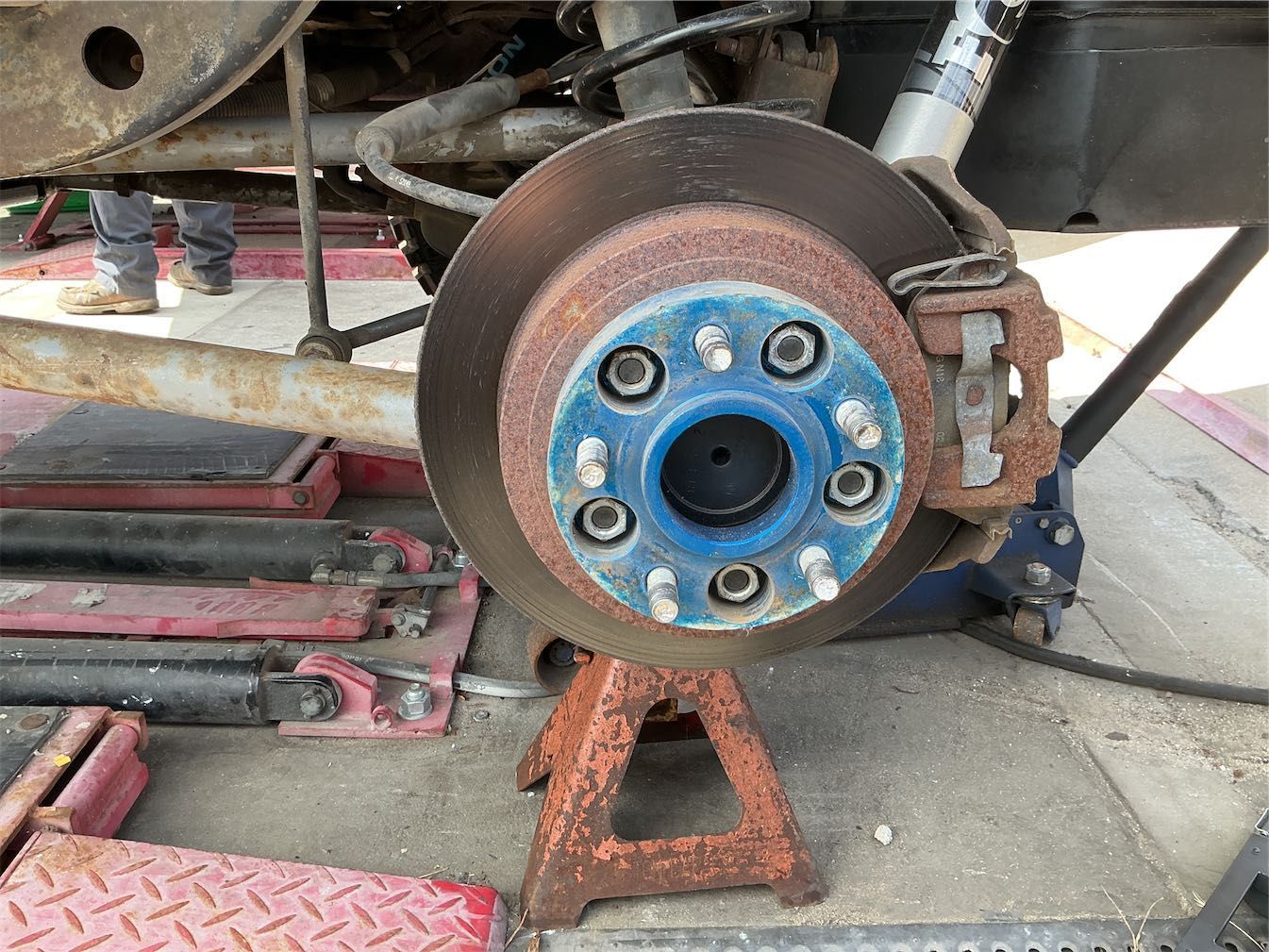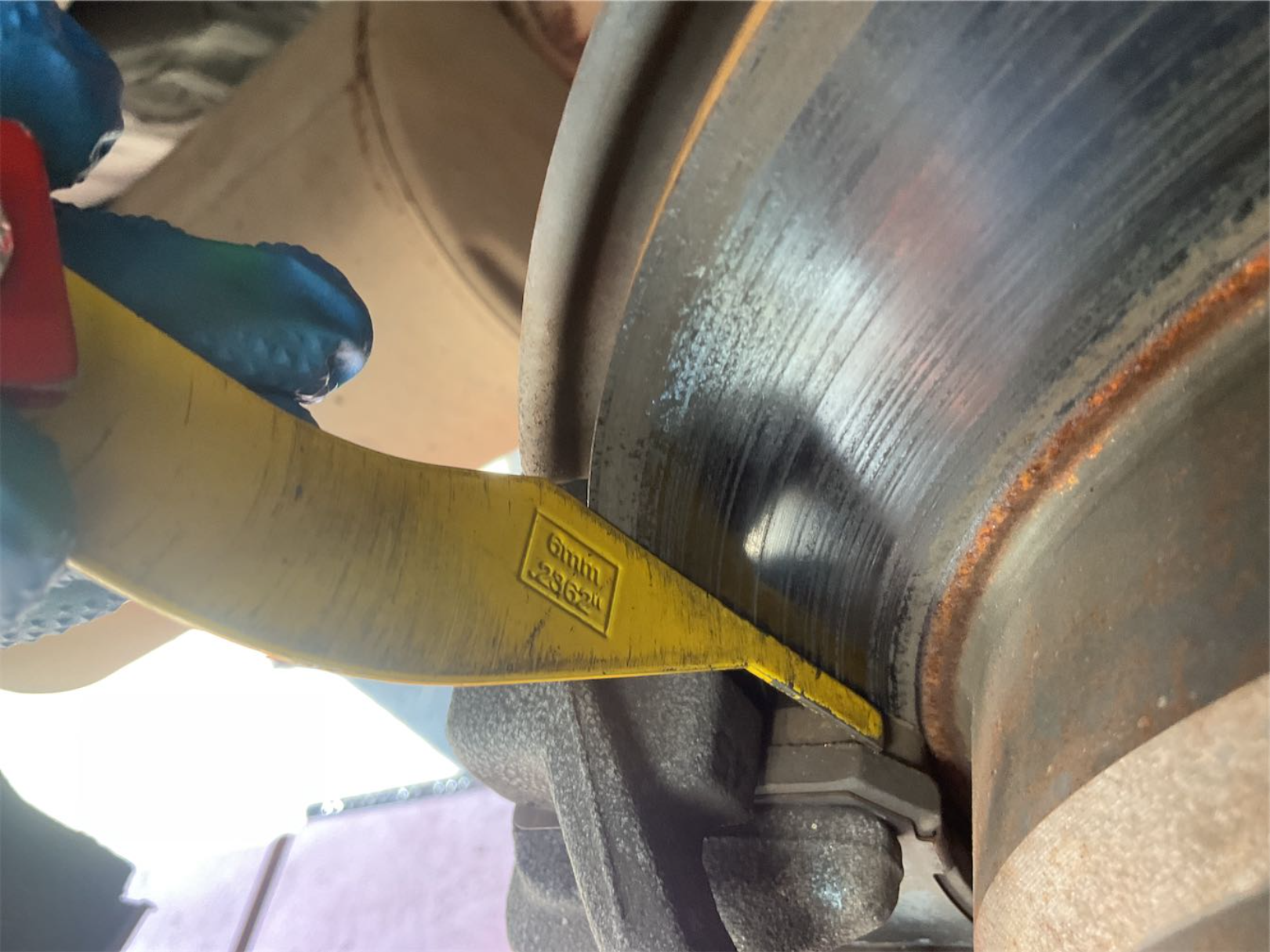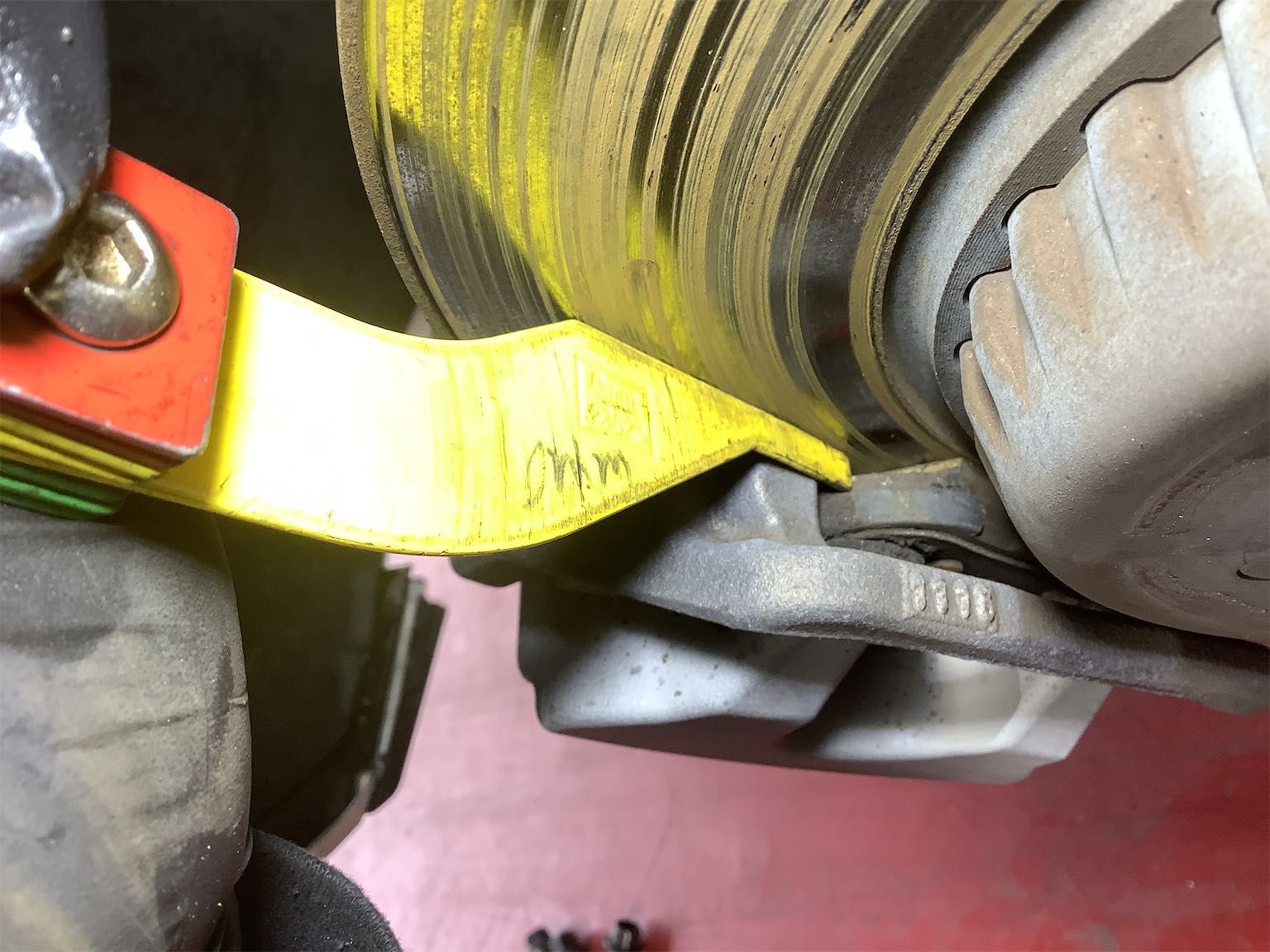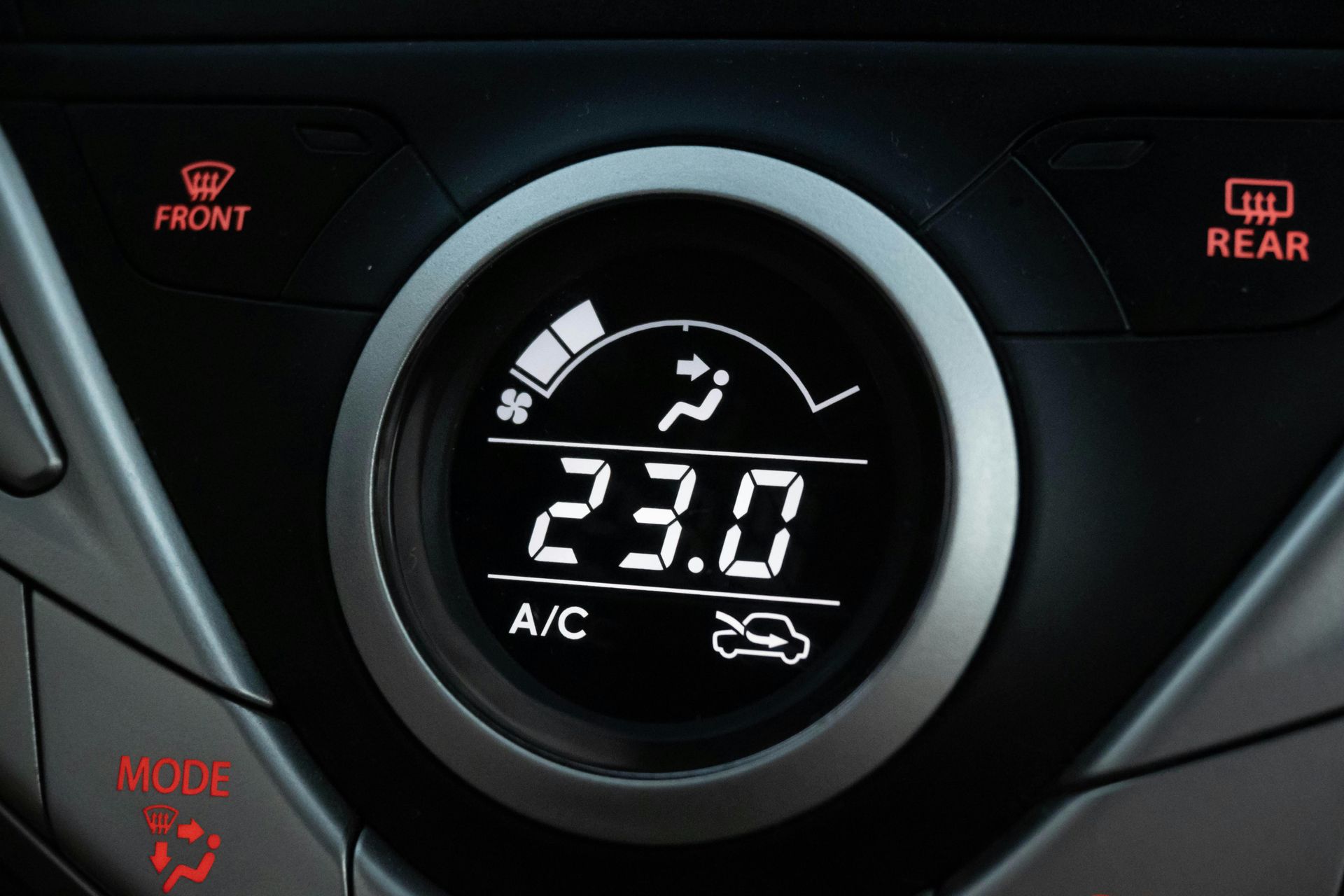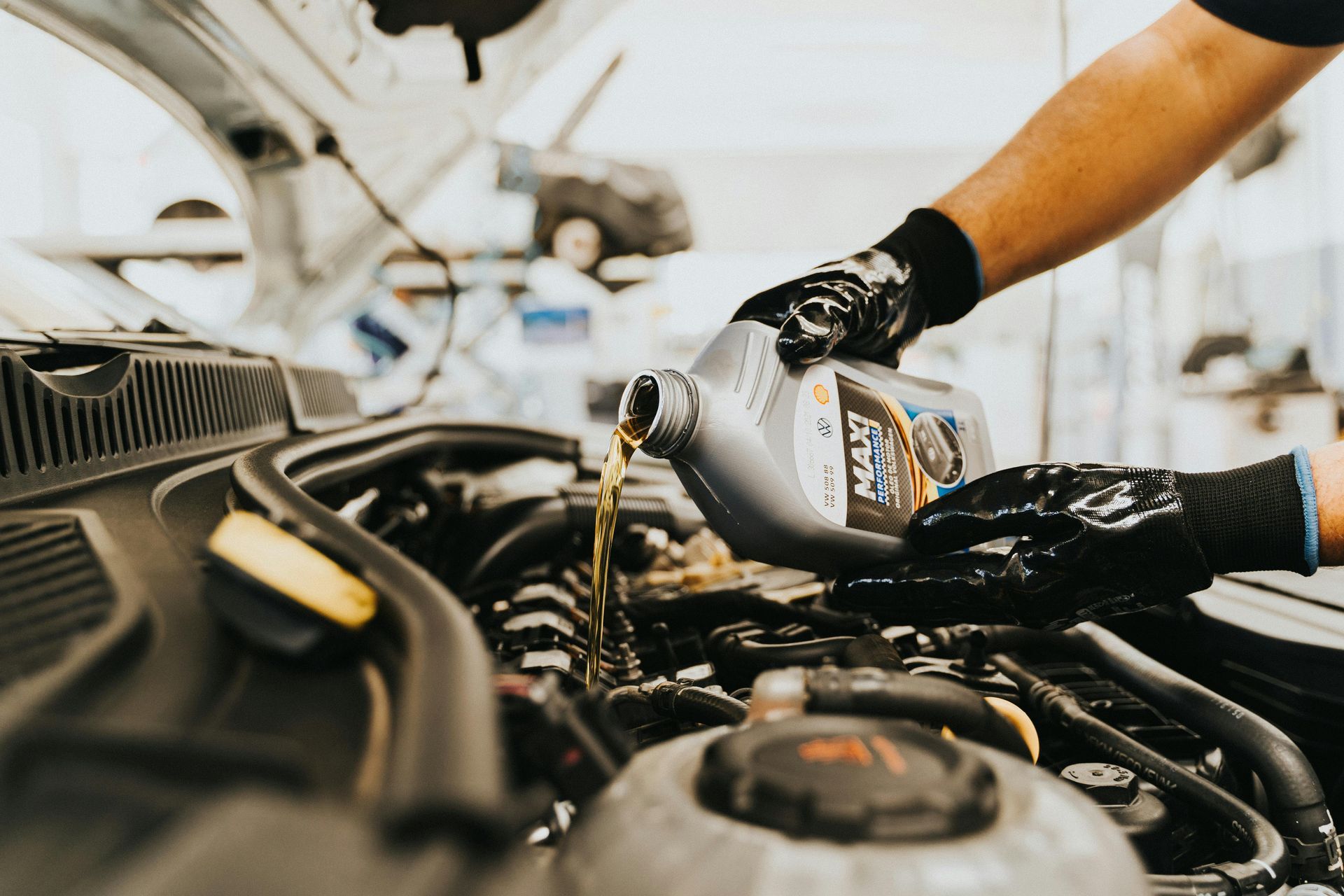Why Are My Tires Wearing On The Outside?
Why are my tires wearing on the outside?
When your tires show more wear on the outside, it usually indicates a few potential issues with your vehicle’s alignment, suspension, or driving habits. Let’s break down the common causes:
1. Improper Wheel Alignment:
Wheel alignment is crucial for even tire wear. If your alignment is off, particularly if the wheels are angled outward at the front, it can cause the outer edges of your tires to wear down faster than the middle or inner parts. Getting regular alignments can help prevent this uneven wear.
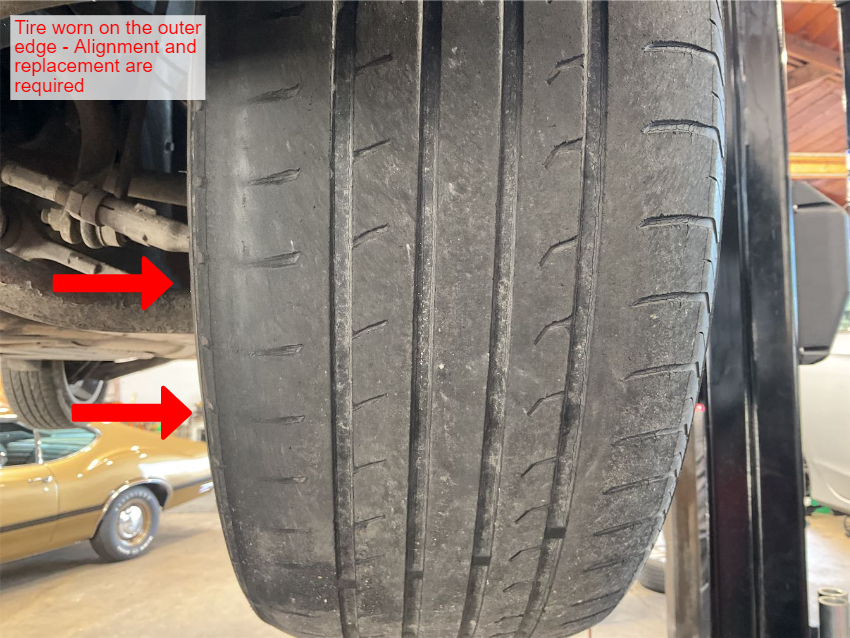
Understanding Wheel Alignment
To fully grasp how alignment affects tire wear, it's important to understand the key components involved:
Wheelbase
The wheelbase refers to the distance between the front and rear axles, measured from the center of the hub. An unequal wheelbase on either side of your vehicle might indicate issues with suspension components, such as being worn, bent, or damaged, which directly impacts tire wear.
Tracking
Tracking is about the distance of each wheel from the vehicle's center line. For effective alignment, wheels must be parallel, maintaining consistent distance from the center line. Proper tracking ensures your vehicle moves straight, preventing uneven tire wear.
Camber
Viewed from the front of the car, camber describes the tilt of the tire from vertical. A negative camber means the top of the tire tilts toward the vehicle, whereas a positive camber tilts away. The right camber angle is crucial for maximizing tire contact with the road, particularly under specific driving conditions, such as heavy cornering or highway cruising. Incorrect camber settings can lead to uneven tire wear.
Toe
Imagine you're looking at your front tires from above. Toe refers to the slight inward or outward angle of the tires. Toed-in tires are closer at the front, while toed-out tires are closer at the rear. Incorrect toe settings can lead to understeer or oversteer and cause feathered tire wear, increasing fuel consumption.
NOTE: It's important not to confuse wheel alignment with tire balancing. Balance issues typically result in cupping rather than uneven tire wear.
By understanding these components, you can better maintain your vehicle and extend the life of your tires, ensuring safer and more efficient driving.
2. Under-Inflation
Tires that aren’t inflated to the proper pressure can also lead to abnormal wear patterns. Under-inflated tires often have more pressure on their outer edges during turns, which accelerates wear on those areas. Always keep your tires inflated to the manufacturer's recommended levels.
3. Worn Suspension Components
Components of your vehicle's suspension system, such as shocks or struts, can contribute to uneven tire wear. These parts help maintain even contact between the tires and the road. When they fail, you might notice more wear on the outside of the tires.
However, shocks and struts are not the only components to consider. There are several other mechanical parts that could lead to alignment issues and uneven tire wear:
- Worn Ball Joints: These allow for smooth steering but, when worn, can cause misalignment.
- Sagging Springs: Over time, springs can lose their tension, affecting vehicle height and alignment.
- Bent Strut or Spindle: Any damage to these can disrupt the alignment and balance of the wheels.
- Out-of-Position Strut Tower: This can alter the geometry of your suspension system, contributing to tire wear.
- Worn-Out Control Arm Bushings: These bushings keep the control arm stable, and their wear can lead to alignment problems.
By understanding and checking these various components, you can ensure your vehicle maintains proper tire alignment and extends tire life. Regular maintenance and inspections are key to identifying these issues early.
4. Aggressive Driving
Frequent sharp cornering or aggressive driving can exert extra force on the outer edges of your tires, leading to quicker wear. Modifying your driving style to be smoother on turns can help reduce this type of wear.
5. Load Distribution
Improper load distribution in your vehicle can also be a factor. Overloading your vehicle or uneven weight distribution can put additional stress on certain tires, particularly affecting the outer edges.
How Uneven Tire Wear Impacts Car Handling and Safety
Uneven tire wear can significantly compromise both the handling and safety of your vehicle. When tires wear unevenly, your car may not perform as expected, particularly in challenging driving conditions like rain or snow. This can result in less responsive steering and reduced stability, making your drive more hazardous.
Increased Risk of Tire Failure
Beyond handling, there's a critical safety aspect to uneven tire wear. If a tire's tread wears down irregularly, certain areas might reach depths lower than the legal limit of 2/32”. Such deterioration increases the probability of tire failure, like a flat or, in extreme cases, a blowout. Blowouts can be dangerous at high speeds, potentially leading to loss of vehicle control.
Financial Implications
If not addressed in time, uneven wear can lead to the premature need for tire replacement. The cost for new tires can range dramatically, often from $400 up to over $1,200, depending on your vehicle and tire specifications. Investing in regular tire maintenance helps prevent these unexpected costs and keeps your vehicle operating safely.
To ensure both your safety and your budget are protected, routine tire checks and alignments are essential. Addressing any signs of uneven wear early on can help maintain optimal vehicle performance and safety on the road.
How to Check Tires for Uneven Wear
Keeping your tires in peak condition is essential for safety and prolonging their lifespan. Here's how to effectively check for uneven wear:
- Park on a Level Surface: Begin by finding a flat surface to park your vehicle. This ensures stability while you inspect all four tires.
- Visual Inspection of Tread: Look closely at the tread of each tire. Examine the surface for any sections that appear more worn down than others.
- Use a Tread Depth Gauge: For more accuracy, you can use a tread depth gauge. If you don’t have one, a quarter can be an alternative tool—insert it into the tread grooves to measure depth.
- Compare Tire Sides: Inspect both the inner and outer edges of each tire. Look for any significant differences in wear patterns or signs of feathering.
- Check for Damage: Scan for visible damage like cracks or bulges, which can be indicators of more serious issues.
- Repeat for All Tires: Follow this process for each tire, ensuring none are overlooked.
Uneven tire wear could point to alignment issues, incorrect inflation, or suspension problems. Identifying these signs early allows you to address any underlying issues promptly, which can save you money on repairs and enhance your vehicle's handling and safety.
To address outside tire wear, consider setting up a reservation with our ASE Certified Technicians at Wayside Garage in Seaside, CA. We can check your alignment, inspect suspension components, and advise on any needed repairs or adjustments. Regular maintenance and checks can help extend the life of your tires and ensure your vehicle operates safely and efficiently.
Preventing Uneven Tire Wear
Ensuring your tires wear evenly involves a few essential steps that can be easily incorporated into your regular vehicle maintenance routine.
Monitor Tire Pressure
Underinflated tires are a common cause of uneven tread wear, particularly on the outer edges. It's crucial to maintain the recommended tire pressure, which you can find in your vehicle’s user manual or on the doorframe plaque. Keep in mind that the ideal pressure can vary based on the load your vehicle carries. We recommend checking your tire pressure at least once a month. If you notice any tire losing air more rapidly than others, it’s time for a thorough inspection.
Regularly Check Wheel Alignment
Misalignment affects not only the lifespan of your tires but also the handling and safety of your vehicle. Factors like hitting potholes or minor accidents can throw off your alignment. After such occurrences, or when you install new tires or suspension parts, it’s wise to have the alignment checked. Generally, this should be part of your maintenance routine every 6,000-12,000 miles. If you observe unusual wear patterns, such as feathering or one-sided wear, a prompt visit to a qualified mechanic is advisable.
Additional Considerations
Before aligning your wheels, ensure your tire pressure is correct, as improper inflation can hinder accurate alignment. Also, check your vehicle's ride height. Modifications to the suspension, such as lowering or lifting, can impact the alignment process. Maintaining factory specifications is crucial for proper alignment. By staying vigilant with these preventive measures, you can maximize tire performance and safety.
Drive happy!
